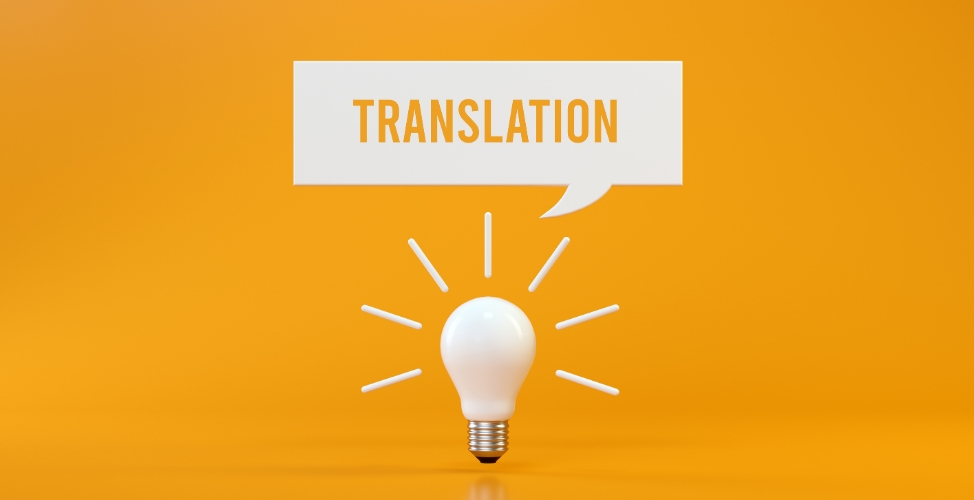Entering Amazon and starting international trade, confining yourself to just one market would be at the very least foolish, so we always recommend Amazon sellers to expand their trading circle and include new additional markets. Once agreed, among other necessary steps, sellers face the need for translations of Amazon listings. When expanding trade in Europe, you may need translations into several different languages at the same time. Amazon sellers are offered an automatic translation tool, but can we trust it 100 percent? Is such translation sufficient for native-speaking buyers?
To translate or not to translate – that is the question
There is hardly any discussion about the need to translate Amazon listing titles, 5 bullet points (5 key feature descriptions), and product descriptions: if sellers want to provide information about products in a quality manner, they have to do it. All these elements are textual, so it is enough to use a machine translation tool or hire a translator.
A little more hesitation arises when it comes to translating Amazon A+ content and Amazon store: here, just a translator is not enough, additional graphic designer services are also needed. However, most sellers still translate these Amazon content elements into all or at least the main languages of their markets.
However, Amazon listings, or simply put, product images, are often left untranslated, and in all markets, we see the same images in English. First of all, this is because Amazon allows the use of product images in languages other than the market language, unlike other content units. The second reason is that Amazon only recently, in 2021, launched the Images Country-Specific Upload tool, which allows uploading different versions of product images in different languages. Before the launch of this tool, the same images were used in all markets, so sellers always chose to use English, which is understood by most buyers.
Today, we strongly recommend adapting the images of Amazon listings to each market in which you are trading, as it guarantees greater engagement of native-speaking buyers, greater visibility, and therefore higher conversion.
Automatic Amazon translation
We are all familiar with the automatic translation tool Google Translate and its functions. The Amazon Translate tool works on a similar principle: it takes the UTF-8 encoded text, that is, it recognizes only the text format, and instantly provides a translation into the selected language. Like Google Translate, it has a language detection feature and supports thousands of language translation combinations.
Different from the Google Translator, the Amazon Translate tool allows sellers to define names and terms. This is particularly useful when translating product and brand descriptions used for selling on Amazon, although the tool can also be helpful outside Amazon.
Amazon Translate is part of AWS (Amazon Web Services), so sellers looking to use the translator must have or create a new AWS account. The translation tool has both free and paid versions, depending on the translation volume you need. You can translate for free for one year up to 2 million characters per month.
Using the AWS Translate tool is beneficial if you want to control the quality of translation, translate text from images (by manually transcribing text from images), and, of course, when preparing Amazon content for another market. This is because Amazon also offers another automatic translation feature that operates within a single market: for example, in the www.amazon.de market, you have created all product descriptions in German, as well as Amazon A+ content, but buyers do not use the main German language, but English. In this case, German Amazon A+ content will not be displayed to buyers, and instead, your uploaded German descriptions will be automatically translated into English.
Human translation
No matter how professional, according to Amazon, the automatic translation tool is, it still cannot compare to a professional translator, preferably a native speaker, performing the translation. Why?
- A professional native translator not only translates but also localizes the content, meaning they adapt it to a specific market, use phrases and words that are understood and used by local buyers, have a better understanding of punctuation, spelling of measurement units, and so on.
- A human is better at maintaining the context, conveying emotions typical of the product or brand, and adhering to the writing style agreed upon with the seller.
- Specialized Amazon translators perform Amazon keyword analysis or you can provide the keywords yourself. The translator will include them in the translations, thus improving your Amazon SEO results for your listings.
So, without a doubt, it is always more beneficial not to skimp on additional funds and have quality translations done by a professional native translator. However, there is no need to dismiss Amazon’s automatic translation – it can be a great solution for temporary translation or for individual phrases when translation is needed here and now, and the translator is currently busy. Selling on Amazon is based on the principle of here and now: if you see positive changes in competitors’ descriptions, you make changes to your products as well. Amazon is a living organism, and there is no time to wait, so any additional tools are useful. If you are looking for assistance in professional translations and other matters, we warmly welcome your inquiry!
